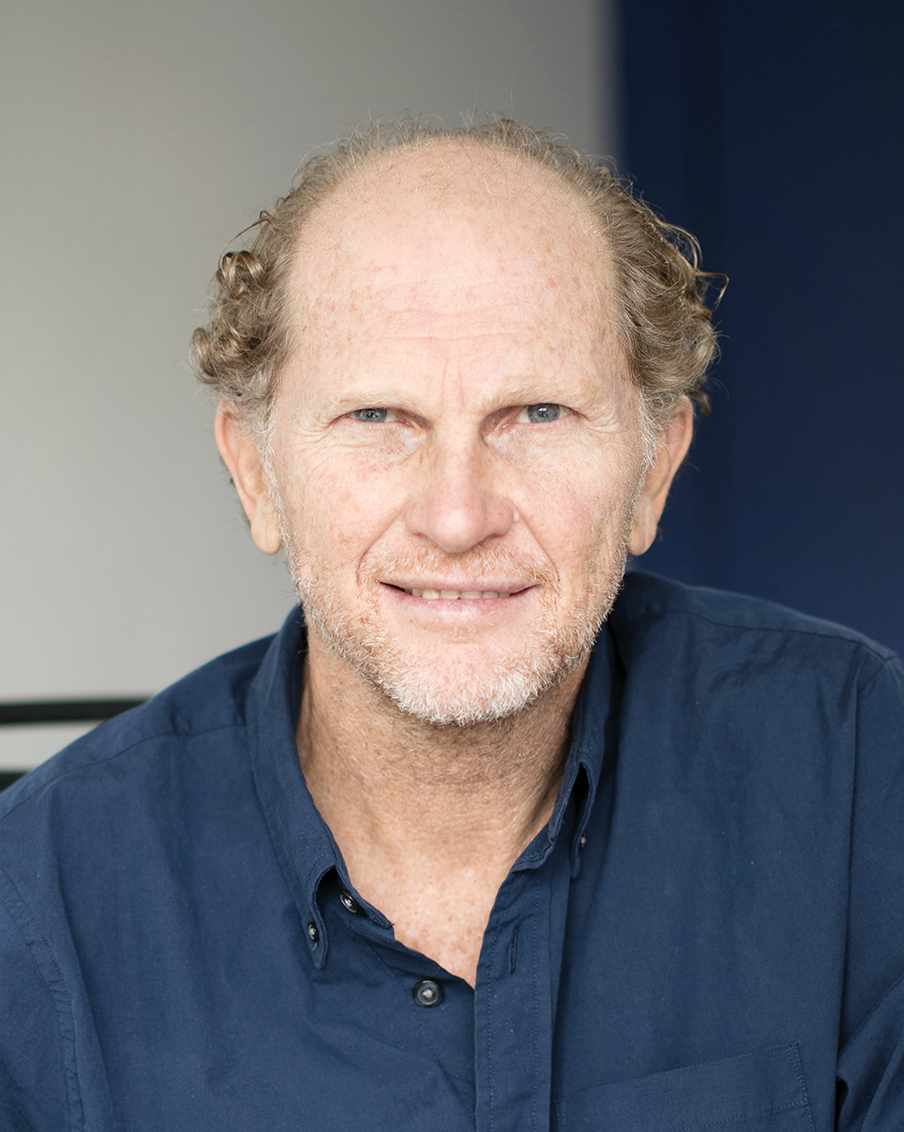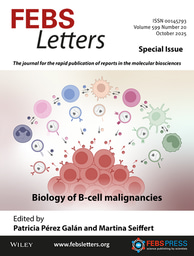Andrea Ballabio: "The discovery is the 'magic moment' that any scientist is pursuing."


What drew you to your research field?
I wanted to become a paediatrician, so I joined medical school and then took a paediatric residency. While practicing as a paediatrician, I became more and more interested in understanding the basic mechanisms underlying genetic diseases. I was fascinated by the identification of the steps leading from a gene mutation to the biochemical, cellular and physio-pathological defects that cause the disease symptoms. Then I realized that basic biology applied to disease mechanisms was really what I wanted to do, so I left clinical activity and became a basic scientist.
Tell us about one of your favourite published papers from your lab
One of my favourite papers from my lab is: “A gene network regulating lysosomal biogenesis and function” Science 325, 473–477 (2009). In this paper we showed that the function of the lysosome is transcriptionally controlled by TFEB, which is now widely recognized as the master regulator of lysosomal biogenesis and autophagy. This discovery, based primarily on in silico analyses, revealed for the first time that lysosomal genes are co-regulated at the transcriptional level, enabling the lysosomes to behave as dynamic organelles adapting their function to cellular needs.
What’s exciting in your research area right now?
The current focus of my research is on the role of lysosomes in health and disease. In the past few years, many exciting discoveries have been made in this area by several laboratories, including mine. These discoveries changed the view of the lysosome from a trash can that simply collects and recycles the cell waste, to a control centre of cell metabolism. Several signaling pathways have recently been shown to exert their function on the lysosomal surface, thus identifying the lysosome as a signaling hub. In particular, my group is focusing on the mTORC1–TFEB signaling pathway, which allows the lysosome to sense the cell's nutritional status and modulates cell metabolism accordingly. This pathway also plays an important role in cancer cell metabolism.
What aspects of your life as a researcher do you most enjoy?
It is, without any doubt: the DISCOVERY. The discovery is the “magic moment” that any scientist is pursuing. Discovering the “truth”, and being the first to explain it to the world, is one the most exciting feelings that humans can experience. It’s like climbing to the top of the Everest for the first time and telling everybody what the world looks like from there.
What do you look for when selecting students and staff for your research group?
I look for intelligence, curiosity, motivation and perseverance. I do not pay much attention to previous experience and technical abilities.
Lab webpage: https://www.tigem.it/research/research-faculty/ballabio
Two recent/key papers:
Napolitano, G. et al. (2020) A substrate-specific mTORC1 pathway underlies Birt-Hogg-Dubé syndrome. Nature 585, 597–602. https://doi.org/10.1038/s41586-020-2444-0
Cui, Z. et al. (2023) Structure of the lysosomal mTORC1–TFEB–Rag–Ragulator megacomplex. Nature 614, 572–579. https://doi.org/10.1038/s41586-022-05652-7
More information on the FEBS Theodor Bücher medal and plenary lecture at the 49th FEBS Congress
The Theodor Bücher medal is awarded annually by FEBS for outstanding achievements in Biochemistry and Molecular Biology or related sciences: www.febs.org/other-activities/prizes/febs-medals/
Andrea Ballabio will be presented with the medal at the 49th FEBS Congress in Istanbul, Türkiye on Monday 7th July 2025 where he will deliver a lecture on ‘Lysosomal signaling in metabolic adaptation and tumorigenesis’: 2025.febscongress.org/





Join the FEBS Network today
Joining the FEBS Network’s molecular life sciences community enables you to access special content on the site, present your profile, 'follow' contributors, 'comment' on and 'like' content, post your own content, and set up a tailored email digest for updates.